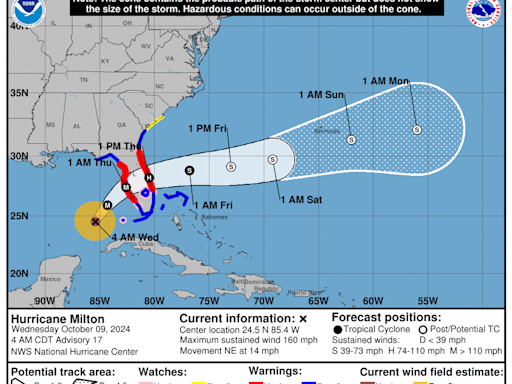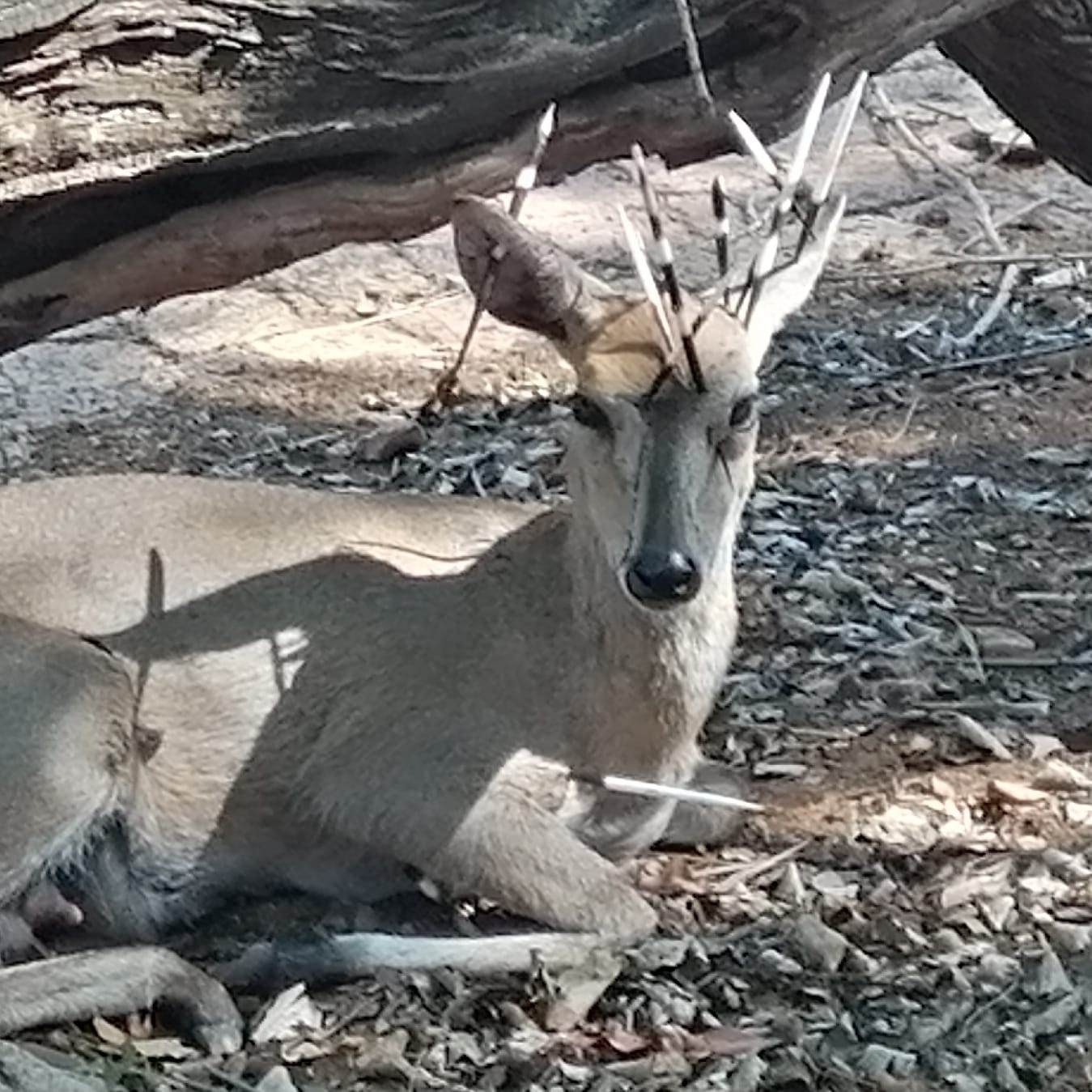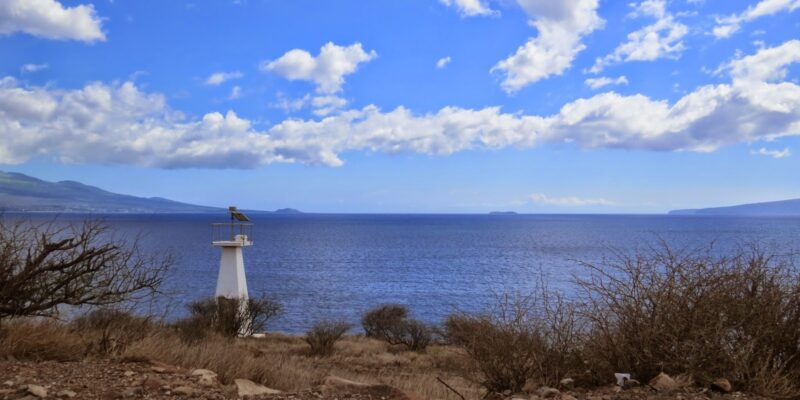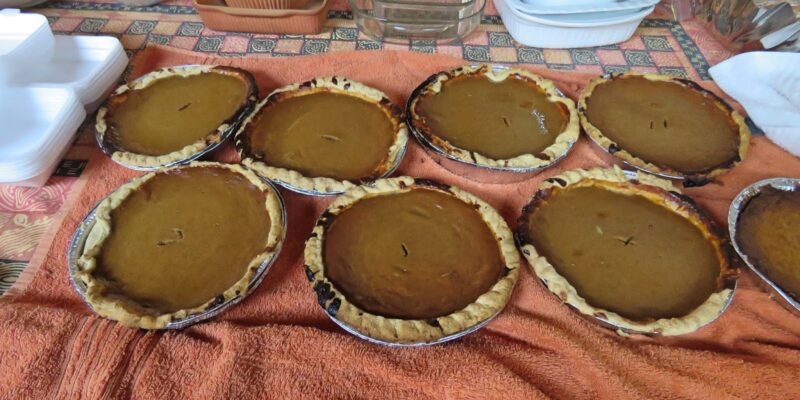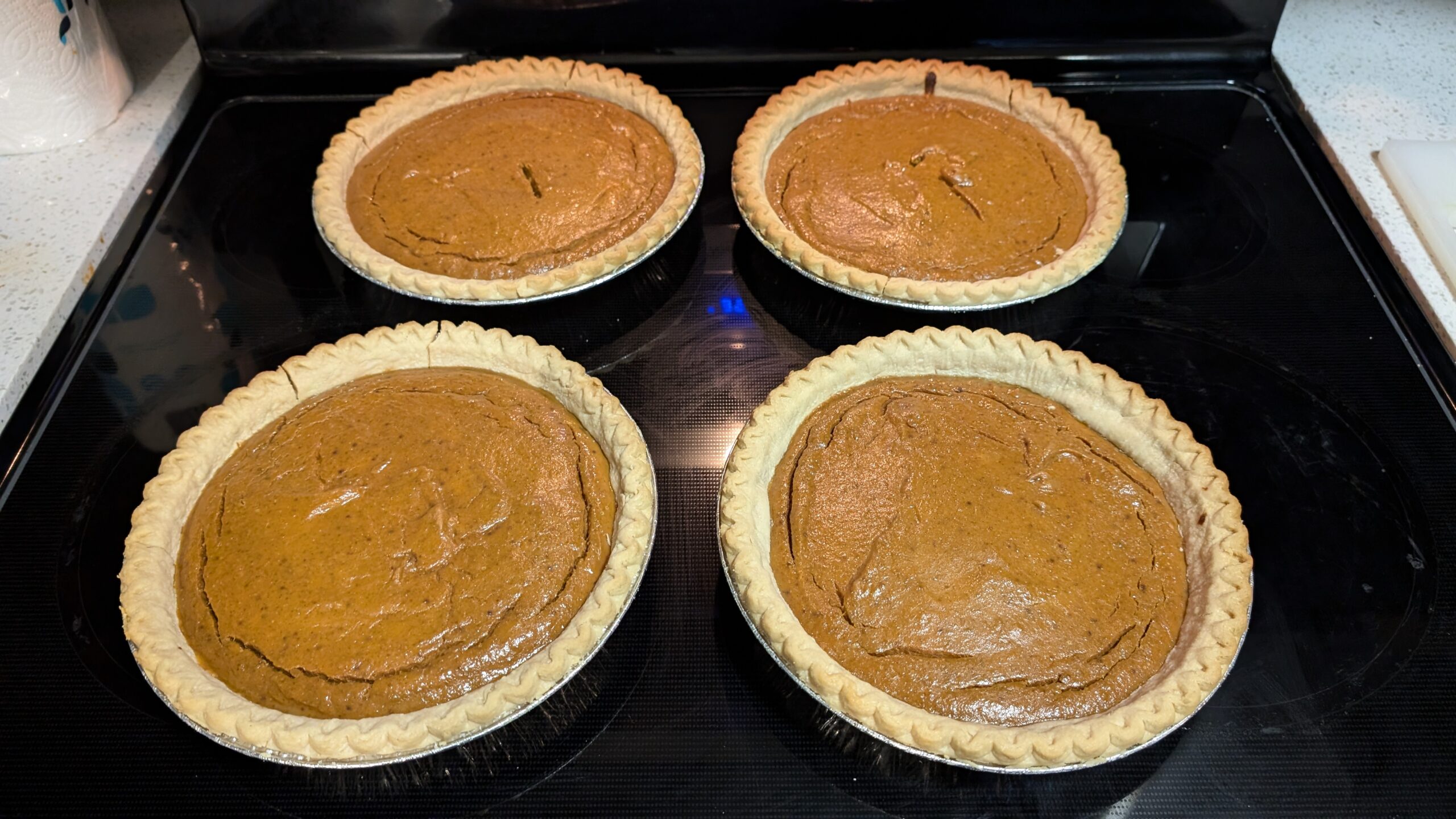
It’s been another busy morning prepping for tonight’s dinner. We cooked and seasoned six pounds of organic free-range ground beef using the oversized tin foil roaster in the oven. After draining the grease, I seasoned the meat with keto seasonings and other spices and mixed the meat thoroughly. There aren’t any large pots in this hotel room.
When done, I placed all the seasoned meat in a large mixing bowl with a lid and put it in the fridge. At dinner time, I’ll place the portion we’ll use for dinner and heat it in the microwave for our taco salads, which will include diced red onion, sliced green olives, sliced grape tomatoes, shredded cheddar cheese, and, for me, the contents of a mini guacamole cup with Pace Picante sauce and a dollop of sour cream.
We’ll have this same meal for three dinners. I have made at least one time-consuming dish for three meals each week. On the other evenings, we eat homemade meals we’ve frozen or other meats in the freezer. It’s been working out well.
Every other week or so, we order delivered meals from our favorite restaurants, primarily Chinese food for Tom and healthy Asian bowls from Bibibop for me. It’s a good system that’s been working well for us. Lately, we’ve been ordering groceries from Whole Foods through Amazon Prime, which has better quality products and is less expensive than the other local grocery stores.
For example, at Dave’s Market, where we originally purchased groceries, Fage Greek Yogurt, 32 ounces, was $9.39, whereas it is priced as follows at Whole Foods, using Amazon Prime:

Photo from ten years ago today, October 10, 2014:
 |
| The prior night’s sunset was at 6:15 pm at Waikiki Beach, Oahu, Hawaii. For more photos, please click here. |

